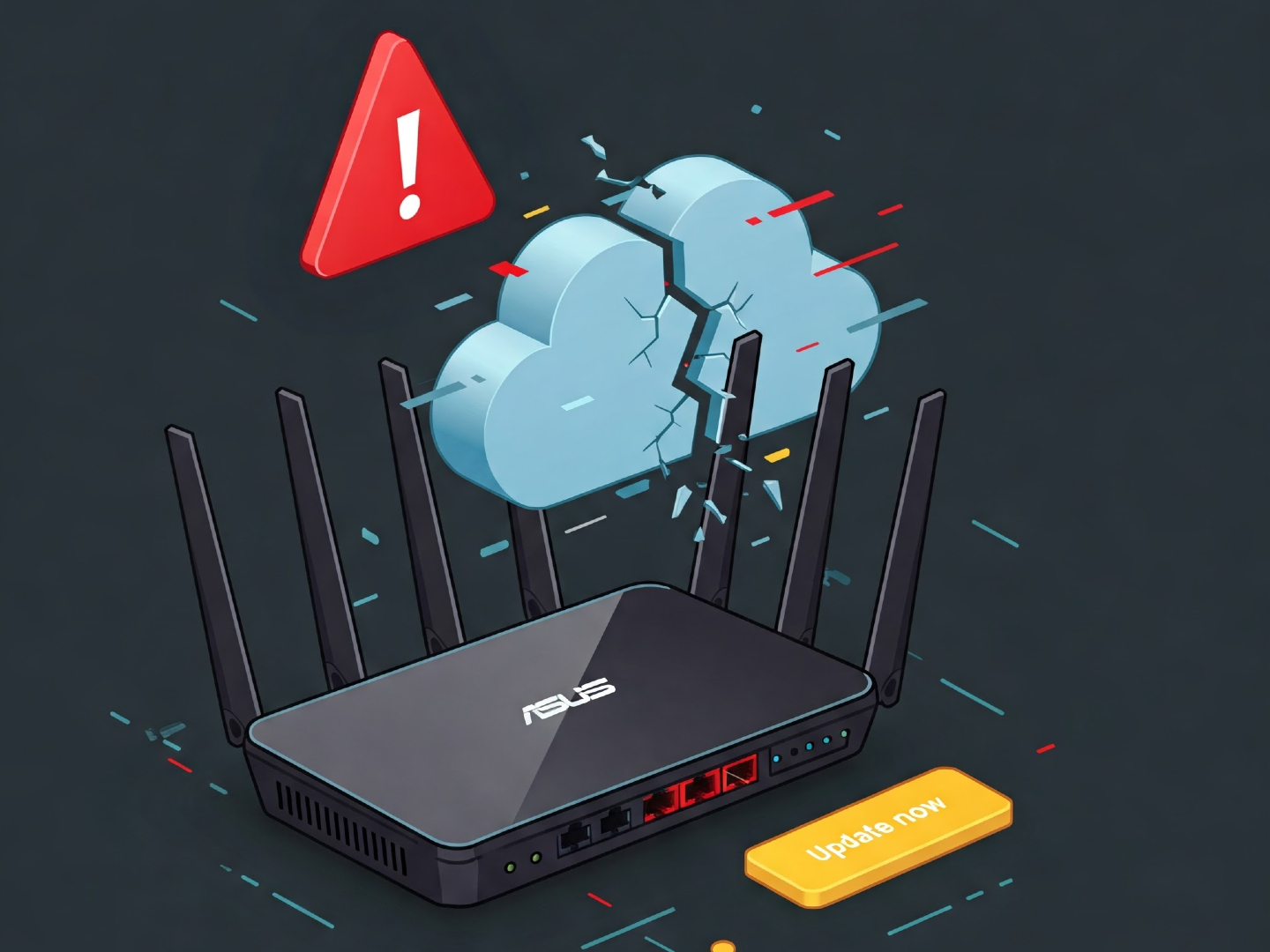ASUS AiCloud Routers Vulnerable Update Now
A serious security vulnerability has been discovered in ASUS routers using the AiCloud feature. Experts warn that attackers could exploit the flaw to remotely take control of affected devices, making it crucial for users to update their router's firmware immediately.

A serious security vulnerability has been discovered that could let hackers remotely take control of your device if you have AiCloud enabled. This is a big deal, so pay attention!
The vulnerability, officially known as CVE-2025-2492, has a scary-high severity score of 9.2 out of 10. What does that mean? It means attackers could potentially execute commands on your router without your permission.
According to an ASUS advisory, "An improper authentication control vulnerability exists in certain ASUS router firmware series... This vulnerability can be triggered by a crafted request, potentially leading to unauthorized execution of functions." In plain English, a specially crafted message sent to your router could give hackers the keys to the kingdom.
Which Routers are Affected?
The vulnerability affects routers running these firmware versions:
- 3.0.0.4_382
- 3.0.0.4_386
- 3.0.0.4_388
- 3.0.0.6_102
What Should You Do?
The best course of action is to update your router's firmware immediately to the latest version. This patch addresses the vulnerability and keeps you safe.
ASUS also recommends these important security practices:
- Use different passwords for your Wi-Fi and router admin page.
- Make your passwords long and complex (at least 10 characters with a mix of uppercase, lowercase, numbers, and symbols).
- Don't reuse passwords across multiple devices or services.
- Avoid using obvious or sequential passwords like "1234567890" or "abcdefghij."
If you can't update your router right away (or if it's reached its end-of-life), make sure you have strong passwords. Seriously, do it now!
As a last resort, if patching isn't possible, consider disabling AiCloud and any other services that can be accessed from the internet. This includes:
- Remote access from WAN
- Port forwarding
- DDNS
- VPN server
- DMZ
- Port triggering
- FTP
Stay safe out there!




